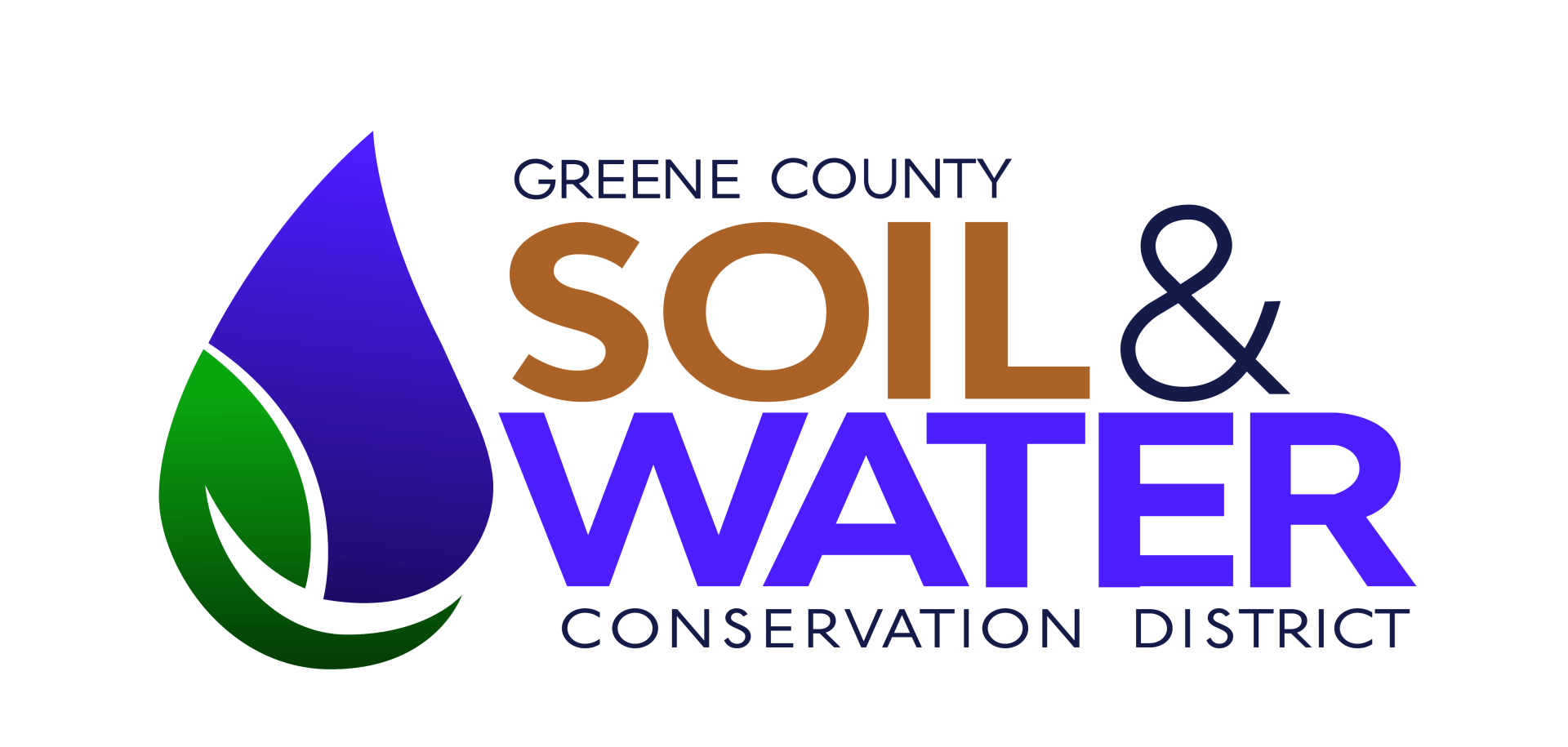These sites offer a limitless amount of information and
resources on all things soil & water related, as well as wildlife.
List of Resources
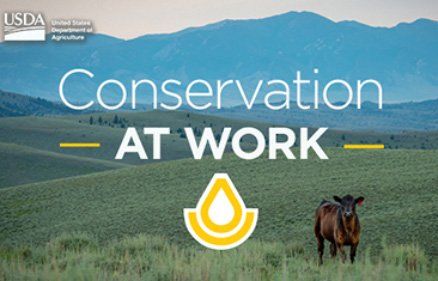
Indiana Division of Natural Resources Conservation Service
Natural Resources Conservation Services:
NRCS provides America’s farmers and ranchers with financial and technical
assistance to voluntarily put conservation on the ground, not only helping the environment but agricultural operations too. Indiana division of Natural Resources Conservation Service:
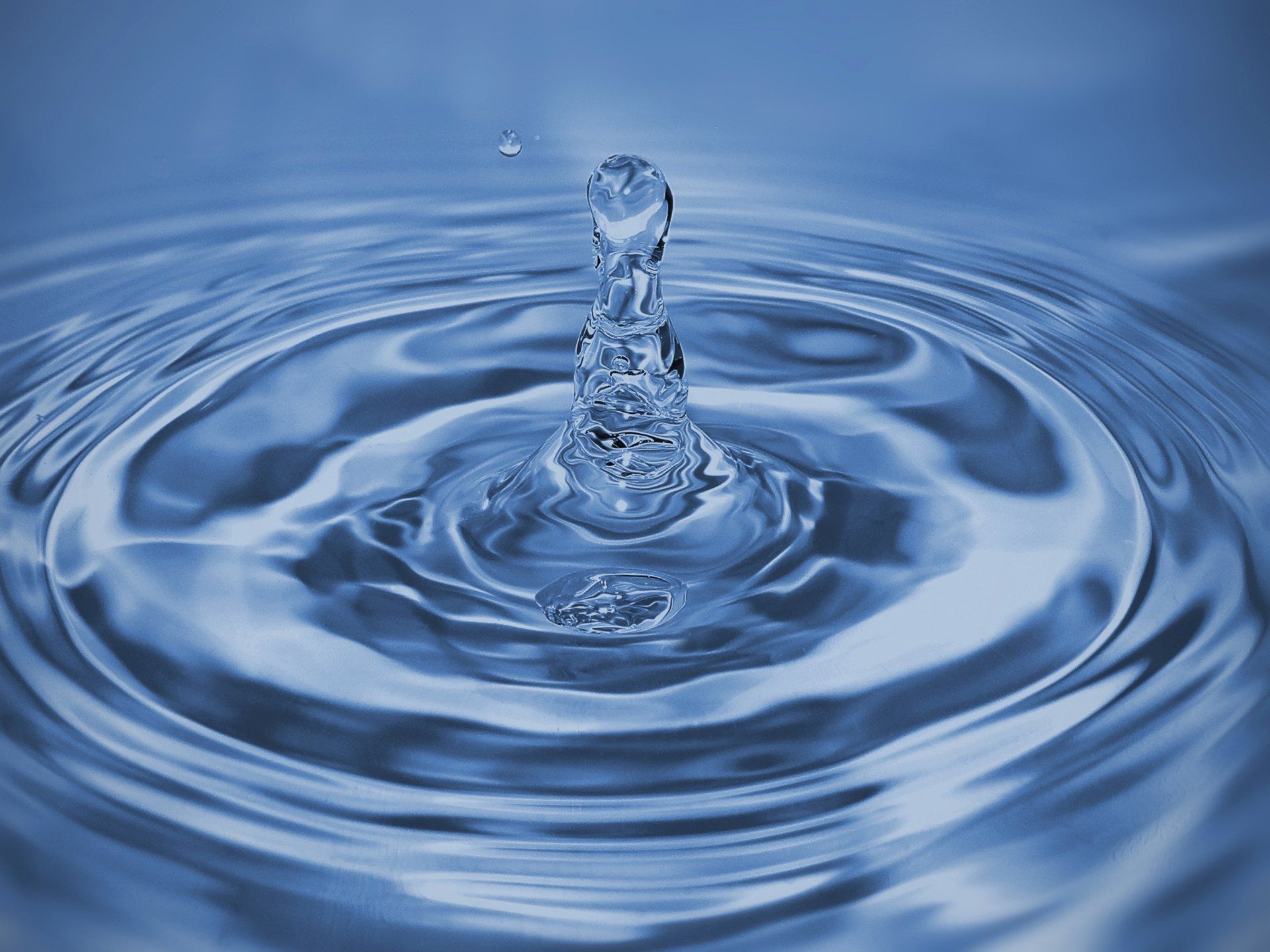
319 Watershed Grant: Black Creek Watershed Project
One of the biggest challenges Indiana's rivers, streams, lakes and wetlands face does not come from the end of a pipe. It is pollution that can come from our construction sites, our parking lots, our farms, our roads, and even our own backyards. It is called nonpoint source pollution and it is a big deal. The Indiana Department of Environmental Management (IDEM)'s goal is to make measurable improvements in water quality by addressing nonpoint source pollution through education, planning, and implementation. Every Hoosier can play a role in reducing pollution and protecting Indiana's watersheds. We can not do it alone, but together, we can make a difference!
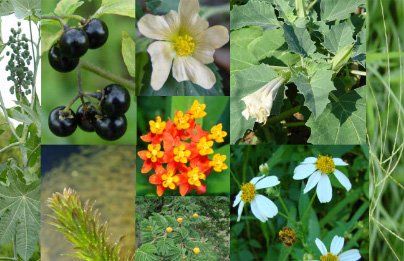
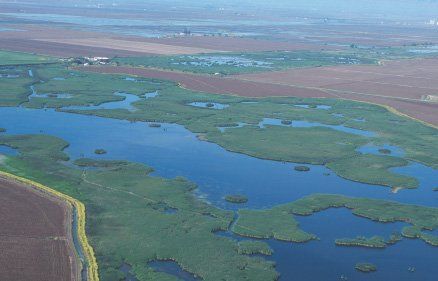
NRCS Plant data base
Funding and management plans from NRCS:
EQUIP: EQIP provides cost share assistance for producers to use 170-plus conservation
practices to address a wide variety of resource concerns. Within EQIP, Conservation Incentive Contracts allow producers to further target priority resource concerns.
Conservation Stewardship Practices: CSP helps producers take their conservation
activities to the next level through comprehensive conservation and advanced conservation
activities.
Agricultural Conservation Easement Program: ACEP helps producers enroll wetlands, grasslands and farmlands into easements for long-term protection.
Regional Conservation Partnership Program: RCPP, producers and landowners can work with partners who are co-investing with NRCS on targeted projects
Conservation Innovation Grants (CIG) is a competitive program that supports the
development of new tools, approaches, practices, and technologies to further natural
resource conservation on private lands.

Environmental Protection Agency
United States Environmental Protection Agency: The mission of EPA is to protect
human health and the environment.
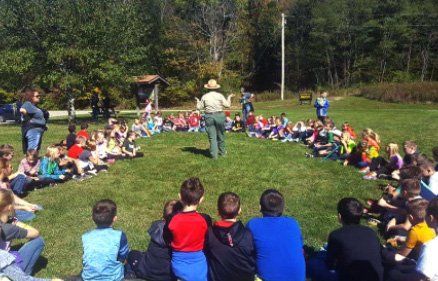
Indiana Department of Natural Resources
The Indiana Department of Natural Resources is to protect, enhance, preserve, and wisely use natural, cultural, and recreational resources for the benefit of Indiana's citizens through professional leadership, management, and education.

Indiana State Department of Agriculture
ISDA will support growth in Indiana agriculture by serving as an advocate at the local, state and federal level; defining and nurturing economic opportunity in the food, fuel and fiber sectors; and enhancing the stewardship of natural resources on agricultural land.
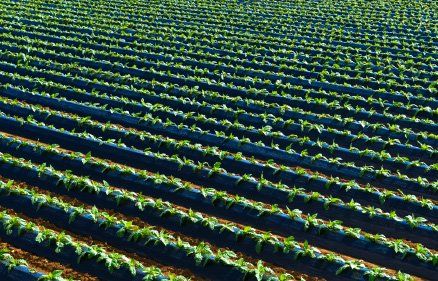
United States Department of Agriculture
USDA provides leadership on food, agriculture, natural resources, rural development,
nutrition, and related issues based on public policy, the best available science, and effective management.
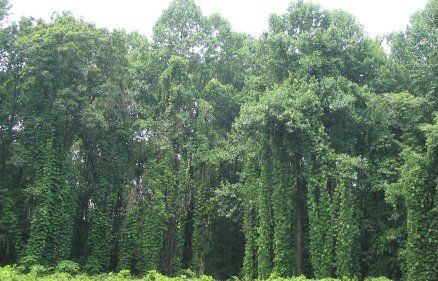
Southern Indiana Cooperative Invasives Management
Local and regional partners provide the best knowledge and resources for the control and management of invasive species.
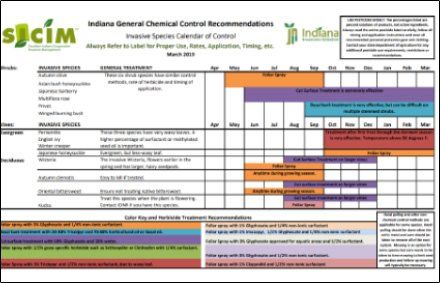
Chemical invasive control chart
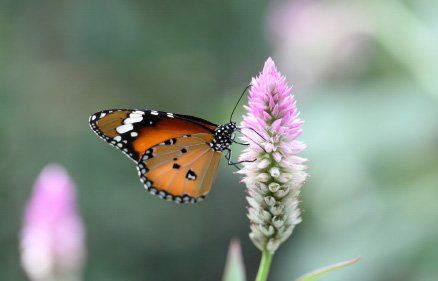
Xerces Society For Invertebrate Conservation
Xerces Society’s goals, working with diverse partners to restore and expand habitat and further the science of pollinator conservation. Engaging in education, research, community science, and advocacy to protect at-risk species and their habitats. Reducing reliance on pesticides by supporting the diverse natural systems that reduce pest problems. Engaging in activism, policy discussions, and other forms of advocacy on behalf of the "little things that run the world."
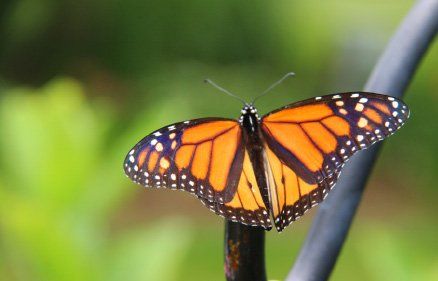
Monarch Joint Venture
MJV partners are pooling their efforts to protect monarch and pollinator habitat in the U.S.

Pollinator Partnership
Pollinator Partnership’s mission is to promote the health of pollinators, critical to food and ecosystems, through conservation, education, and research.
While we cannot make recommendations, you can
contact the office to request a list of local resources.
These services include:
- Seed sales for cover crops, forage,
pollinator plantings, & nursery items - Erosion control
- Excavators
- Fencing contractors
- Forestry
- Soil scientist
- Well drilling
- Septic installation
- Wildlife control
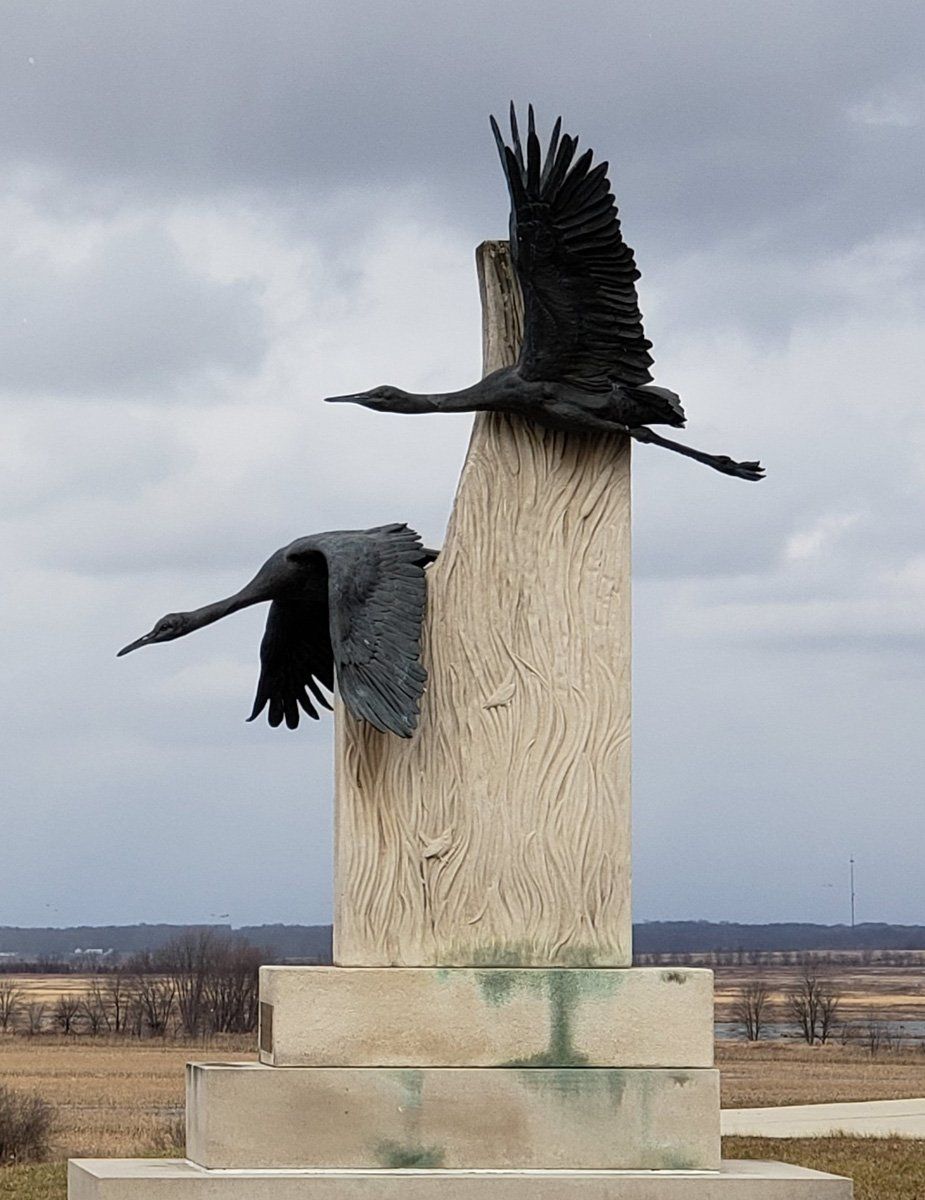
OUR PARTNERS








GET IN TOUCH
Greene County SWCD 104 County RD 70E Suite B. Bloomfield, IN.
47424
812-384-4634 Ext. 3 (Cassandra Arthur)
Copyright © 2021 Greene Co. SWCD We trust
Distinct with our Website because of their Unlimited Support,
Client Testimonials, and
Website Maintenance Checklist.
